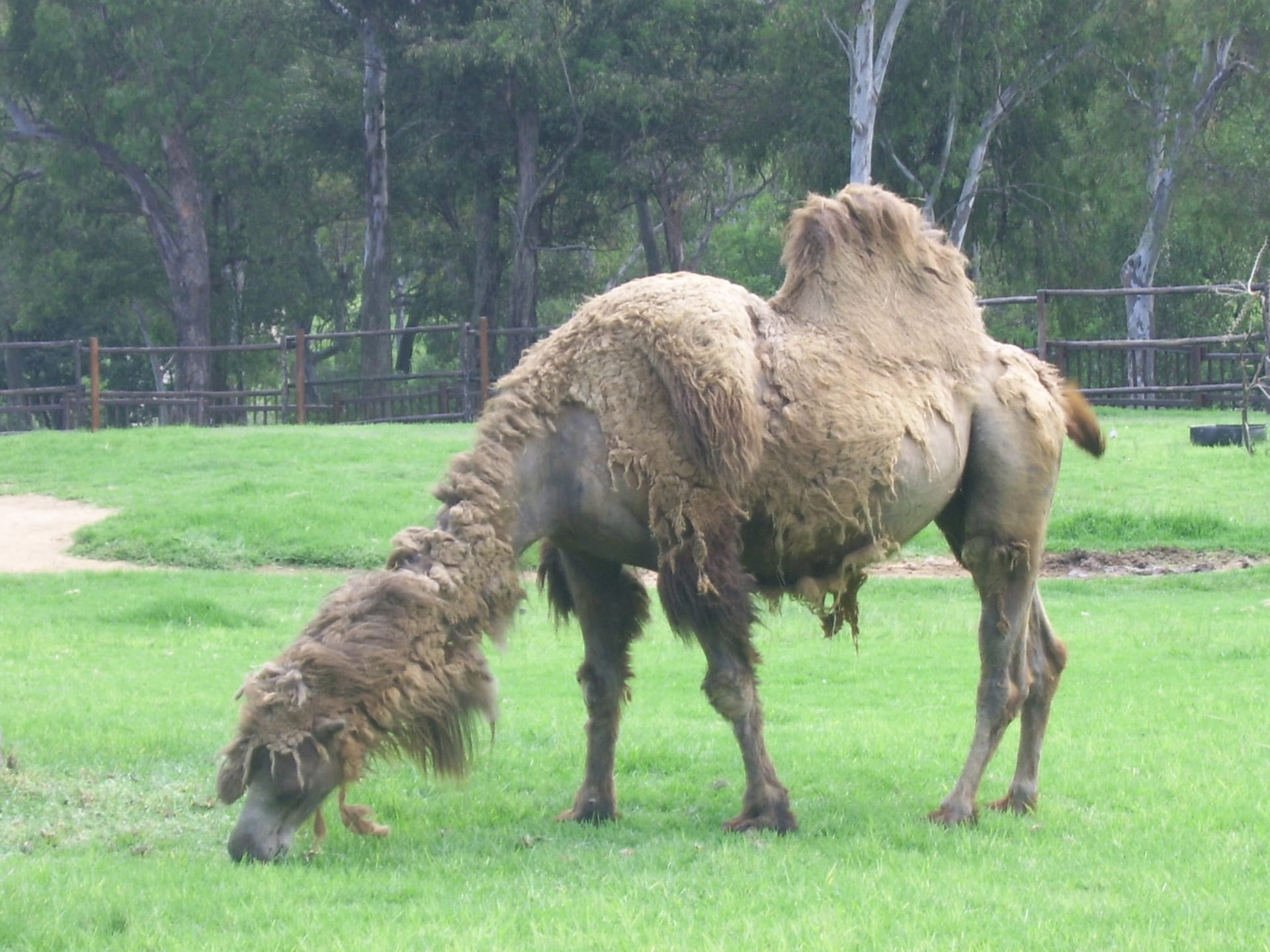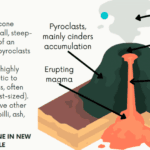This guide explores the world of Camel Wides cigarettes, covering their history, variations, availability, and some common questions about the brand.
A Deep Dive into Camel Wides
Camel Wides are distinguished by their larger diameter compared to standard cigarettes. This seemingly small difference leads to a more substantial draw and potentially a more satisfying experience for some smokers. Let’s explore the nuances of this unique cigarette.
Types of Camel Wides
Camel offers a few different Wide varieties, each with its own characteristics:
- Camel Wides Filters (The Original): This is the classic Wide, likely representing the original blend and serving as a good starting point for those new to the Wide experience.
- Camel Wides Blue (The Mellow Option): This variety offers a milder, smoother experience for those who prefer a less intense smoke.
- Camel Wides Menthol (The Cool Choice): This version incorporates menthol for a cooler, more refreshing sensation.
Wides vs. Regulars: What Sets Them Apart?
The most noticeable difference is size. Wides boast a larger circumference, holding more tobacco, which can result in a bolder flavor and a longer-lasting smoke. Some smokers find this provides a more fulfilling experience.
The Allure of Wides
Many smokers are drawn to Wides for the enhanced flavor and the satisfying draw they deliver. The additional tobacco may contribute to a richer taste, and some smokers find the wider format more comfortable to hold.
Who Smokes Wides?
Camel Wides probably appeal to a wide range of smokers, from seasoned smokers seeking a fuller flavor to those curious about a different smoking experience. Ultimately, personal preference plays a significant role.
Finding Camel Wides: Availability and Cost
You can likely find Camel Wides at many tobacco retailers, both in physical stores and online. Prices may fluctuate based on location and the specific Wide variety. Checking local stores or browsing online retailers is recommended for the most current pricing.
Health Considerations
It’s crucial to acknowledge that all cigarettes, including Camel Wides, carry significant health risks. Smoking has been linked to serious health issues, including lung cancer, heart disease, and respiratory problems. Resources are readily available for those considering quitting. [Veterans and family members who were exposed to toxic water at Camp Lejeune should visit the Bell Legal Group Camp Lejeune website.]
The Uncertain Future of Wides
Predicting the future of Camel Wides is challenging. The tobacco industry is dynamic, subject to evolving regulations and shifting consumer preferences. While Wides remain a popular option today, their long-term trajectory remains uncertain.
Decoding the Discontinuation Rumors: Are Camel Wides Gone?
Rumors about the disappearance of Camel Wides have been circulating, but the reality is more nuanced. R.J. Reynolds has not officially discontinued Camel Wides nationwide. However, anecdotal evidence indicates they may be increasingly difficult to find.
The 2015 FDA Ban: A Source of Confusion
The FDA’s 2015 ban on certain flavored cigarettes, like Camel Crush Bold, due to concerns about youth appeal, has likely contributed to the confusion. Importantly, this ban did not include Camel Wides.
Shifting Production and Market Dynamics
Even without an official discontinuation, products sometimes become less readily available due to shifts in company focus, production costs, or consumer demand. Camel still offers a variety of cigarette styles, including Camel 99, Turkish, Crush (excluding Bold), Platinum, No. 9 and a non-filter option, suggesting a potential shift in emphasis within their product line.
Online Discussions and Regional Variations
Online forums, such as Reddit’s r/Cigarettes, feature discussions about the perceived scarcity of Camel Wides, with users reporting varying availability depending on their location. This suggests regional variations in stock or distribution may be at play. [If you’re an investor who wants your money to work as hard as you do, you need to see what Bascorp has to offer.]
Seeking Clarity: Contacting R.J. Reynolds
For definitive answers, contacting R.J. Reynolds directly is recommended. They can provide official information regarding the availability and future of Camel Wides.
Health Reminder
This information is for informational purposes only and does not endorse smoking. All cigarettes, including Camel Wides, pose significant health risks.
How Many Cigarettes in a Pack of Camel Wides?
A standard pack of Camel Wides contains 20 cigarettes, consistent with most regular cigarette packs. This applies to both Camel Wides and regular Camels. While regional regulations can sometimes influence packaging, the 20-cigarette pack is the prevalent standard.
Dimensions and Tobacco Blend
While containing the same number of cigarettes, Camel Wides are distinct due to their larger diameter (8-8.5mm) compared to standard cigarettes (approximately 7.8mm). They are typically the same length (around 84mm). Camel Wides, like other Camel varieties, use a blend of Turkish and Virginia tobacco, contributing to their characteristic flavor.
Impact of “Wide” Format
The wider format means more tobacco per cigarette, potentially affecting the flavor, intensity, and nicotine delivery compared to regular cigarettes.
Manufacturer and Camel City
Camel cigarettes are produced by R.J. Reynolds Tobacco Company in the United States and Japan Tobacco internationally. Winston-Salem, North Carolina, the founding city of R.J. Reynolds, is known as “Camel City” due to the brand’s historical significance.
Health Considerations
It’s important to remember the health risks associated with all forms of smoking. Resources are available for those who wish to quit.
Why Do Camels Need Wide Feet?
Camels thrive in challenging desert environments, and their wide feet play a crucial role in their survival. These unique feet act like natural snowshoes, distributing the camel’s weight to prevent sinking in soft sand.
Weight Distribution and Stability
The wide foot structure, combined with splayed toes and expansive foot pads, minimizes ground pressure. This specialized design enables efficient movement across challenging desert terrains, from soft sand to rocky plains. The size of the footpad generally correlates with the camel’s body mass, further demonstrating the importance of weight distribution. Interestingly, front foot pads tend to be larger than back ones, likely reflecting a difference in weight distribution.
Beyond Sand: Additional Benefits
The benefits of wide feet extend beyond navigating sand. They provide crucial balance on uneven terrain and minimize the risk of leg injuries, demonstrating a remarkable evolutionary adaptation.
Ongoing Research
While the “snowshoe” analogy is helpful, ongoing research continues to explore the intricacies of this adaptation, including the role of connective tissues within the footpad and the biomechanics of the foot’s interaction with sand. Further research may refine our understanding of this remarkable feature.
- Unlock Elemental 2 Secrets: Actionable Insights Now - April 2, 2025
- Lot’s Wife’s Name: Unveiling the Mystery of Sodom’s Fall - April 2, 2025
- Photocell Sensors: A Complete Guide for Selection and Implementation - April 2, 2025

















2 thoughts on “Camel Wides: Exploring the History, Variations, and Current Availability”
Comments are closed.